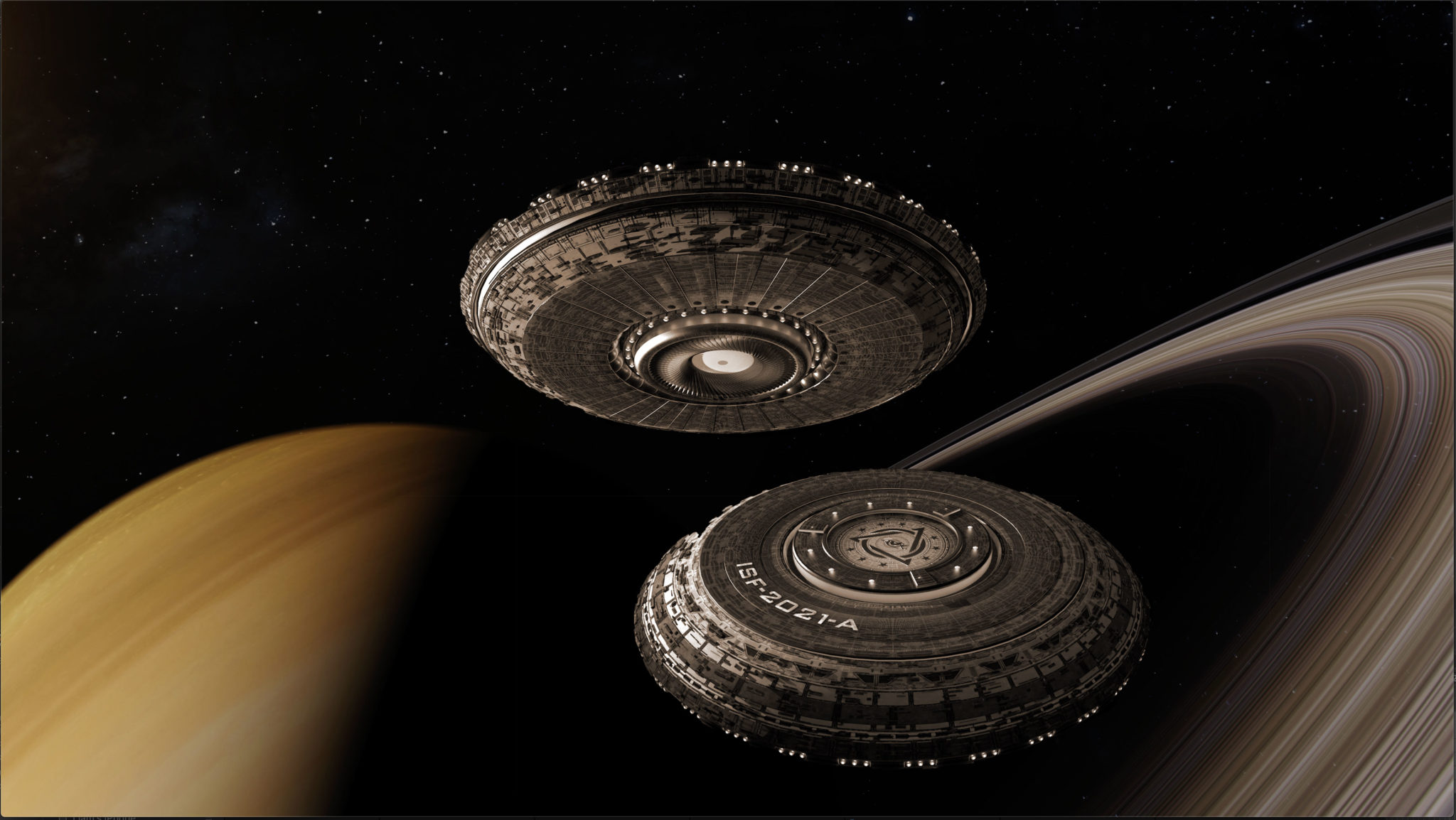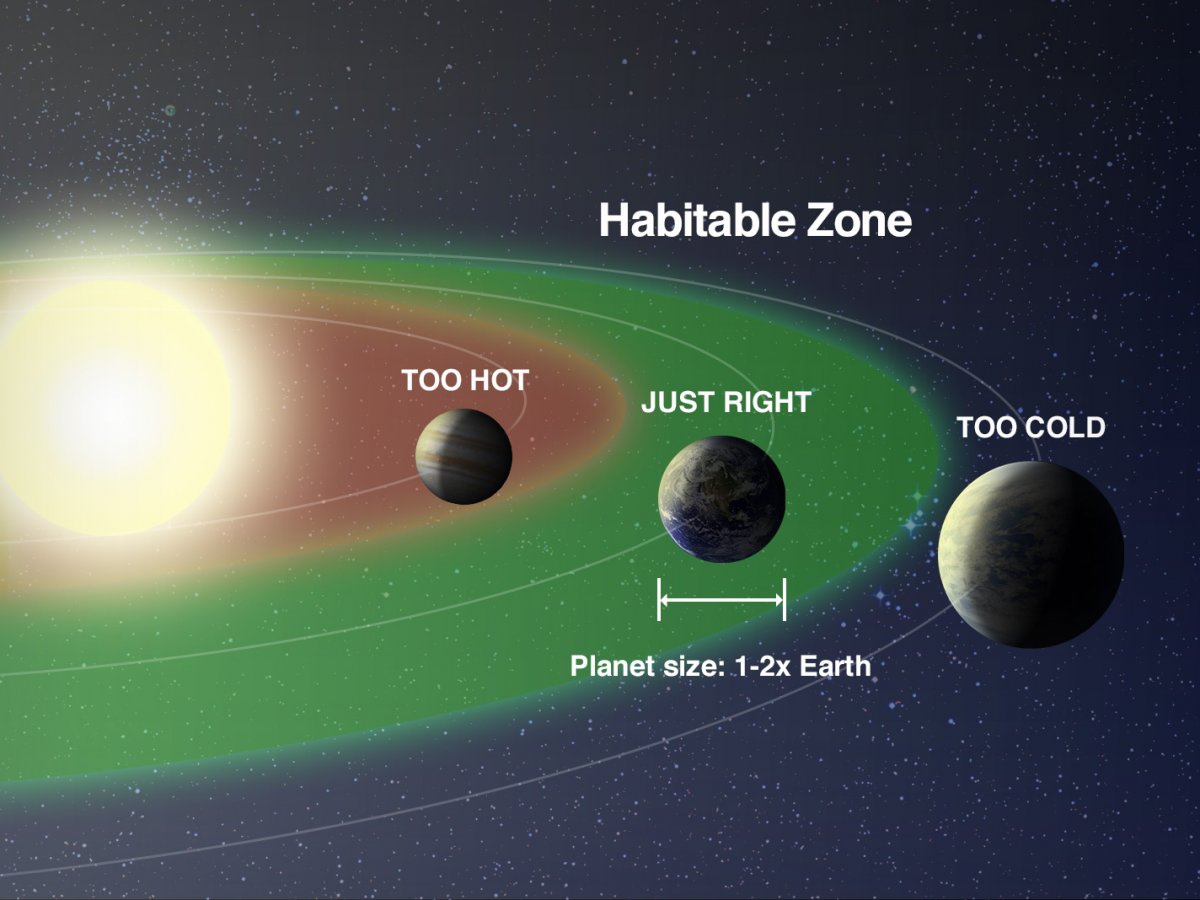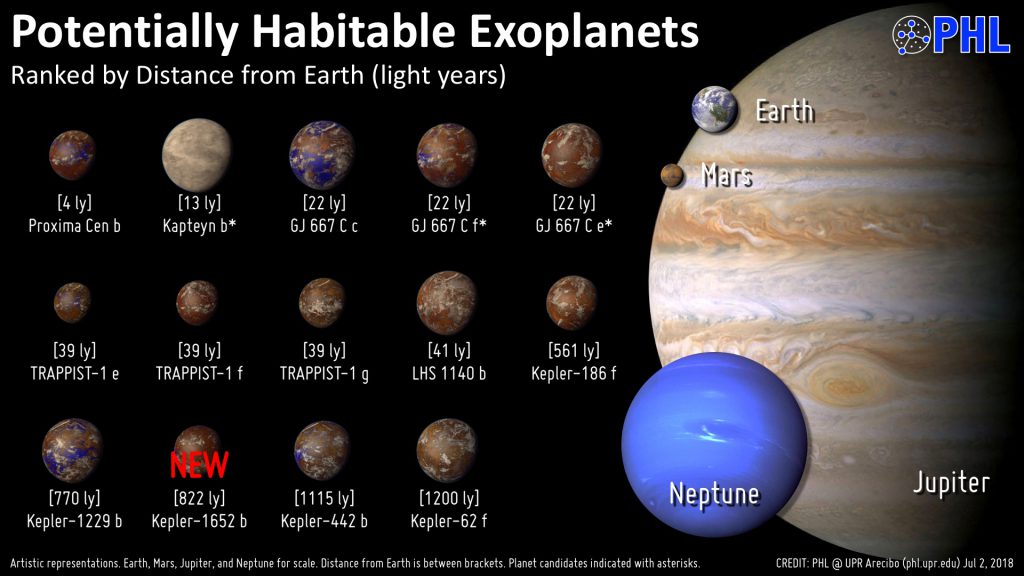If you like to dream big, these are exciting times. Consider this:
NASA has identified at least 22 possible planets with the atmospheric and climatic conditions necessary for human habitation, and the number of those planets is growing.

We’ve started planning our first journey out. We need like minded people who allow themselves to dream big. Will you join us?
Our next step is to design and build the flying machine that will take us there. Jet propulsion is woefully inadequate, as you’ll read below, so we’re designing the engines and spaceship that can get us there safely.

Not a moment too soon
Our planet Earth is rife with problems that continue to worsen:
- overpopulation;
- dwindling raw materials such as zinc, tin, indium, silver, gold and copper;
- growing scarcities of water and food, and
- climate change.
Add to that our global governments’ ineptitude at dealing with the challenges and you’ll realize that we had better do something.
The lure of space
It seems to us to be merely pragmatic to look towards space for some solutions. The two most obvious solutions are:
- space mining of asteroids for minerals and metals to replace dwindling supplies (this will be first on our itinerary and extremely lucrative) and
- colonization of other planets
Is it farfetched to think that mining and greater space exploration are possible … or even necessary? If they seem farfetched, consider this:
- a few hundred years ago, if you’d ideated mobile phones or computers, you’d have been burned at the stake for witchcraft
- 300 years ago, mechanical propulsion was unheard of
- 200 years ago, people laughed at the idea of a submarine
- 120 years ago, powered flight seemed like science fiction
- just 70 years ago, humans could only dream about space flight around the Earth
Yet today, all of these are everyday realities. Why not mining and colonization?
Colonization is possible and necessary
To put colonization of other planets into perspective, think about the history of European colonization of the Americas in the 16th and 17th centuries. Since that was only 300-400 years ago, it not only gives you an idea of what is possible … it also shows how far we have come.
Just 400 years ago, most people believed that the world was flat. That’s hard to believe, isn’t it? They laughed at those who wanted to “go past the end”.
But there were big dreamers who were daring enough to live their dreams, so they sailed off to the “edge” … and discovered there wasn’t an edge at all. Eventually, European settlers began to sail over that “edge” too, and ultimately created a new world.
Think of how far we’ve come, just in technology alone! We’re not only flying around the world, but we’re also landing our unmanned probes on the Moon, Mars and other celestial bodies. Colonizing other planets isn’t so strange, it’s just unknown. So why not to choose big dreams over fear of the unknown? Our technology has advanced light years in just the past decade: there’s no reason we can’t take a huge leap now.
Going past the end: the excitement of space
Many of us humans are big dreamers by nature. It’s really no wonder then, that when Neil Armstrong made his fist step on the Moon in the 1969, newspapers proclaimed that the era of space travel had begun. We’d accomplished so much … we could accomplish this! Science fiction films and books excited our imaginations with a bold new vision: humans would reach the stars to colonize and expand our civilization beyond our solar system.
But the space dream fizzled
There was just one little catch with that collective dream – we were nowhere close. The technology of the day had a long way to go to reach its zenith. Not only that, but there was too little perceived need: at that point, our planet Earth was in relatively decent shape. Hence the dream fizzled for decades.
That’s not to say that we haven’t made great technological progress. Thanks to jet propulsion, people today travel halfway around the world in hours, and trips to international space station have become almost routine. But jet propulsion doesn’t afford us the ability to dream big because it can’t go much beyond where it is now. We need something radically different to take the next leap forward.
What’s the next step?
Most people agree that we need to step out into the unknown, but few agree on what our next step should be. Many suggest that we should build bases on the Moon and Mars, but there’s one intractable problem: just the construction of those bases would require a mass delivery of materials and machinery in order to create underground shelters that would provide humans with adequate protection from sun and space radiation. Our jet-propelled spaceships are completely incapable of deploying that cargo.
Clearly, the limitations of our spaceships that won’t allow us to develop and maintain bases on the Moon and Mars, won’t allow us to go to the other planets or beyond our solar system. And meanwhile, our problems (and populations) here on Earth continue to compound.
How is jet propulsion limited?
Once you understand the limitations of jet propulsion you can begin to imagine a solution, so let’s take a quick look.
Simply put, jet propulsion has:
- inadequate speed
- insufficient protection for humans, and
- limits on cargo weight
- The small problem of speed
To explore the stars and universe, we’ll need engines capable of propelling spacecraft at well over a hundred thousand mi/sec… as fast, almost, as the speed of light. Is jet propulsion even close? Consider this:
Light travels at a constant, finite speed of 186,000 mi/sec.
Voyager 1, the fastest outward-bound spacecraft to date, is currently moving at 1/18,000 the speed of light.
So, in truth, Mars is currently the only planet in our solar system that a manned spacecraft is capable of reaching. Even worse, at present-day speeds, a round-trip human space flight beyond the Martian orbit would take more than a decade.
We clearly need faster engines to propel our craft.
- G-forces, radiation, and meteorites would decimate humans onboard
Even if our engines could propel the spaceships to near the speed of light to reach beyond Mars, the ships themselves would be woefully inadequate at protecting their human cargo.
First, there’s the G-force build up as the ship accelerates to hundreds of thousands of mi/second. Modern spaceships don’t provide even a fraction of the protection needed, so the G-forces would kill everything inside the ship.
What’s more, modern spaceships don’t provide adequate protection from prolonged exposure to the sun’s radiation and meteorites, very real hazards on longer trips in space.
We clearly need far better protection for manned space vehicles!
- You’ll need how much fuel for a decade-long trip?
Do we need to solve both problems? Yes. Even if we could build ships that would protect humans for such a trip, with only jet propulsion we’re still stuck with a decade-long trip. Such a journey would require enormous amounts of supplies such as food, water, oxygen, and fuel. Our ships can’t carry nearly enough.
So, what can we do with jet propulsion and today’s spaceships?
Using present day propulsion systems and ships limits us to:
- send robotic crafts to explore our solar system
- land human expeditions on the Moon, Mars, and nearby asteroids
We are able to do nothing else, so we’re stuck on a planet that has some intractable problems.
Are you willing to settle for a diminished dream?
Given the realities we’re faced with, unless we dream outside the box (as in, what might seem like woo-woo science fiction) we’d better just forget about stars and galaxies … forget about any exploration beyond our solar system. We’d better learn to live with things like overpopulation, pollution, inadequate supplies of our basic necessities…
We’re not willing to do that. Are you? If not, are you ready to think way outside the box? Let’s do it!
So, what’s next, one might ask? Dreaming big, how can we go out to the asteroids and mine them for valuable metals and minerals? How can we build cities on planets similar to our Earth in other solar systems, just as we dreamed at the dawn of spaceflight?
Speed will no longer be a problem
The key solution to the issue of speed is a new type of propulsion, something that’s not yet known as possible because it hasn’t been fully developed and tested. This is a system commonly known as electromagnetic propulsion.
That is, a flying machine that will be able to set its mass and the mass of its cargo to zero.

This machine will be able to fly at speeds exceeding modern day spacecraft by hundreds of times, reaching speeds close to the speed of light.
Modern science has opened the possibility of traveling at speeds greater than the speed of light by curving the space-time environment. It’s calculated that when spacecraft exceeds the speed of light it creates an effect called warp drive and literally jumps over great distances to emerge at another point in the universe.
Using this technique, our electromagnetic space vehicles will be able to reach the Moon in a couple of hours, Mars within a couple of days, and fly from one star to another in a matter of weeks or even days.
Human protection will no longer be inadequate
What’s more, humans onboard will experience zero G-force, regardless of how great the actual acceleration is. These craft will accelerate from zero to hundreds of thousands of miles in half a second, and the passengers will hardly notice.
The craft will be heavily armored to protect humans against solar radiation, thus making interplanetary and interstellar travel absolutely safe.
Heavy cargo loads? No problem!
And what about the cargo? These flying machines will be capable of delivering any heavy load to any point in our solar system and beyond.
In fact, these machines will allow us to fulfill our long-cherished dream: To fly to the stars and colonize their habitable zones’ planets!
This concept actually isn’t new. In fact, anti-gravity was a recurring concept in science fiction, particularly in the context of spacecraft propulsion. One of the first examples was the gravity blocking substance “Cavorite” in H. G. Wells’ The First Men in the Moon. Our technology has now advanced to the point where this concept can actually be developed.
Our plan
First the technology, then the application
It will take us 10-15 years to build the first prototype flying machine that will be capable of interstellar travel. We will then spend 5-6 years perfecting and testing it within our solar system. Only then will we be ready to send our first scouting missions to the nearest habitable planets and formally start the colonization process with small bases. It will take decades more to build new cities and relocate millions humans to the New Earth.
Yet once the flying machines are developed, long before we begin colonization of other planets, we will be able to begin commercial operations. We will engage our technology’s most revolutionary application right here on our native mother Earth: chemical fuel-free energy generators. These generators will end our dependency on oil and gas and end atmospheric pollution.
These energy generators will also enable all types of vehicles to lift incredible loads that will be restricted only by the vehicles’ size. Hence, the transportation ships equipped with our propulsion systems will eventually replace all other transportation systems currently in existence: trains, ocean-going ships, cargo planes, and road transport.
Space mining
How on earth (pun intended) will we finance our ambitious plans? By space mining! Natural resources have always allowed us to expand to new frontiers:
- European settlers lived off the resources they found on the land, and created one of the world’s biggest economies,
- During the 20th Century, oil helped shape and redefine the world.
So our next step will be mining the riches of space, and they are plentiful. These riches will not only help finance our colonization plans, but they will also make life on Earth more livable.
Because our antigravity propelled cargo ships set their mass to zero, they will be capable of bring heavy mining machinery and equipment to the surface of the planets and asteroids nearest to Earth. They will then deliver unrestricted amounts of extracted ore and precious metals back to Earth.
Modern day spaceships are able to deliver just a few kilos of precious metals back to Earth from space – our flying machines will be capable of bringing hundreds of tons in one trip.
The enormous profits from selling those minerals on Earth will be invested back to further development of our spacecraft. IntStelForce will develop into a trans-planetary corporation that’s independent of Earth’s political powers.
This corporation will organize and finance mass relocation of our members to the surface of Earth-like planets, and fund development of a new advanced civilization far away from our native planet Earth.
Science and Technology are evolving with rapid speed
Recent discoveries of gravitational waves by a scientific team working at LIGO observatory are revolutionizing our understanding of gravity. As our extensive experience with electricity and electromagnetic fields has taught us, everything that can be detected and measured can eventually be controlled and generated.
This could also be said about both gravity and anti-gravity forces. So, it’s time to start turning fiction into reality. If we start now, we might see our new generation of spacecrafts flying towards the stars in a few decades, or even earlier …
LIGO: Laser Interferometer Gravitational-wave Observatory photo and location
Space travel is not a new concept!
Small dreamers have always laughed at those who dared to dream big, but they rarely have the last laugh. Space travel has been no exception.
Hermann Oberth’s theories were considered utopian when he presented his doctoral dissertation on rocket science in 1922. The famous space travel theoretic Konstantin Tsiolkovsky was considered insane by the people in his town.
Now we praise and admire both of these men two of the forefathers of the space industry, along with Robert Esnault-Pelterie and Robert H. Goddard
IntStelForce is an international society
We aim to unite all the interstellar travel enthusiasts under one roof creating an international, pan-global thinktank. This will allow us to develop the technology and propulsion systems that will permit us to travel to our neighboring planetary systems and begin to colonize Earth-like planets.
We invite everyone to join us and contribute their skills, knowledge, ideas, talents, and resources to our common course. Scientists and technicians, pilots and astronauts, professionals and students, businessmen and entrepreneurs, high-tech gurus and inventors – are all welcome.
Together we will build OUR new world, we will create OUR new advanced civilization. Our network members will have an opportunity to purchase IntStelForce shares at a token price once our commercial division commences operations and we begin commercial flights.
Join IntStelForce today and you will be among those few who reshape the world.




